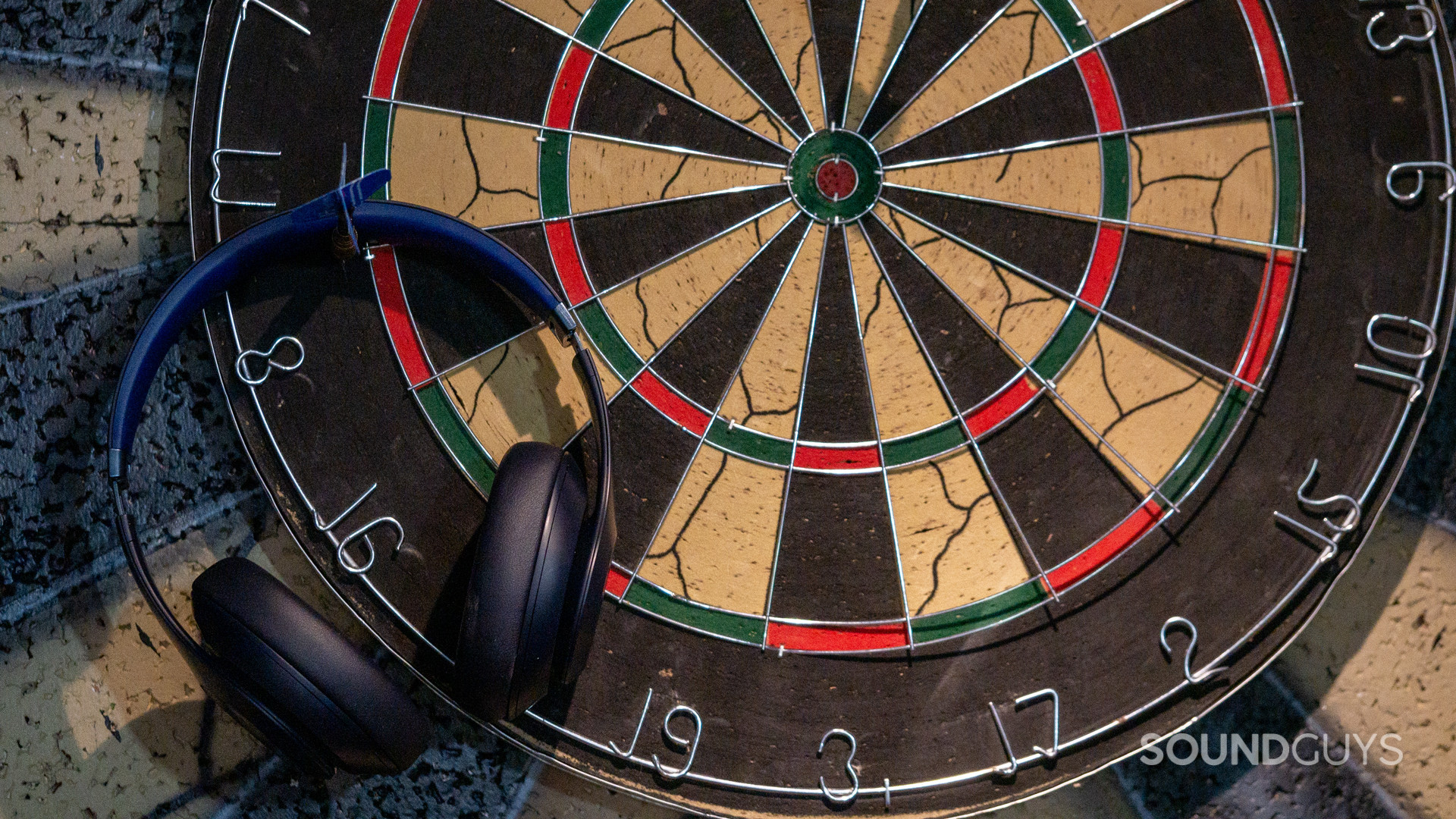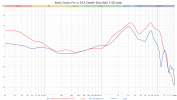alumnicesar
Active Member
- Joined
- Jul 17, 2023
- Messages
- 138
- Likes
- 71
measurements from autoeq . app:

Curve is autoeq's RTINGS's compensated Harman OE target curve because it was measured by RTINGS. I guess their measurements tend to overstate 6k-9k compared to the normal Harman measurement system (GRAS 45ca?)
Anyway, the scale is 2db and it still looks crazily close to the target! Pretty cool.
Curve is autoeq's RTINGS's compensated Harman OE target curve because it was measured by RTINGS. I guess their measurements tend to overstate 6k-9k compared to the normal Harman measurement system (GRAS 45ca?)
Anyway, the scale is 2db and it still looks crazily close to the target! Pretty cool.



